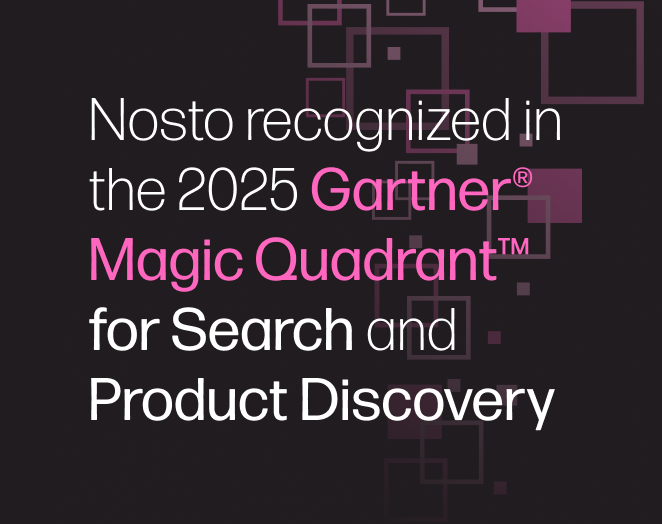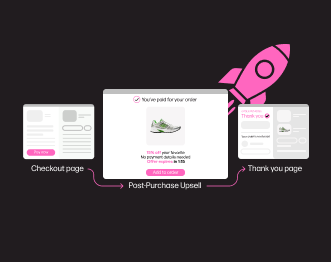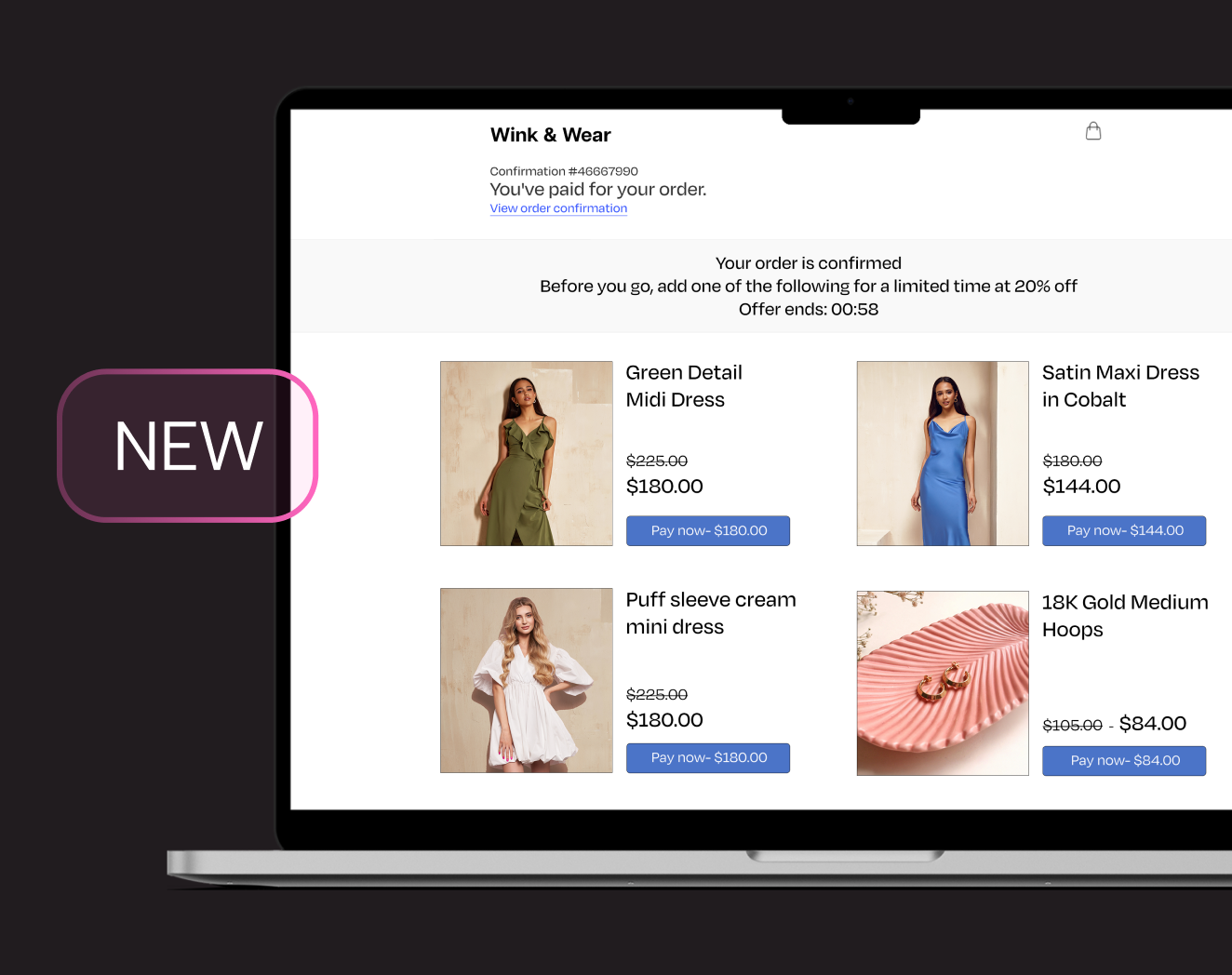Find Out About Headless Commerce: A Wonder (Not a Fright) for Your Online Business
Headless commerce is fast, convenient, and customer-centric. And although it sounds like something associated with Ichabod Crane, it’s nothing to be scared of.
In fact, it’s something many online brands, large enterprises, and small businesses are embracing. That’s because instead of haunting you and creating horror stories your customers carry away to share with others, headless commerce solves both business-centric and customer-centric problems.
It’s the type of rapid personalization people expect from providers today. And if your ecommerce systems take time to update or can’t keep up with user preferences, impatient consumers may decide to move on to someone with systems that can.
Enter headless commerce — not a ghostly rider in the woods, but a technology innovation that helps ecommerce companies keep pace with consumer demands. Find out more about how you can wield this tool below.
What Is Headless Commerce?
Headless commerce refers to processes and technology that disconnect the traditional front and back end of the business.
That may sound a bit like meaningless technobabble, so consider the example below to understand how this works.
Traditionally, ecommerce worked in layers. There was the back end — think of it as the body. Inventory, cataloging, ordering, invoicing, and customer service systems reside within this part of the structure.
Then there was the front end — think of it as the head. This was a user-friendly, pretty system that let people browse products and place orders.
The head and the body were connected by technical systems and handshakes that allowed data to pass from one to the other via imports, exports, uploads, and transfers. But, like food moving from your mouth and down through the digestive system to nourish your body, this took time.
Information in various parts of this coupled system might not be 100% accurate in real-time, leading to disparate customer experiences and issues, such as back orders or inventory software miscommunication.
Headless commerce takes the head/body metaphor out of the picture by decoupling these two pieces.
What Makes Headless Different?
The main difference between headless commerce and the paired systems described above is that headless relies on APIs to communicate between customer-facing templates and back-end systems. That offers several benefits, including, but not limited to:
- More agile and flexible development options.
- Endless customization options, since you don’t have to rely solely on technology within the systems. You can often integrate and add-on extra features via APIs.
- Integration with a variety of devices to serve customer needs.
- Real-time data updates across the entire platform, as the customer-facing interfaces call on APIs to pull data from the back end whenever queries occur.
- The ability to use existing front-end systems that integrate with back-end options via API, including ecommerce platforms and CMS such as WordPress.
Headless Commerce Enhancing Customer Experience
All of those benefits add up to one big win for your business: They help you enhance the customer experience. And since 80% of consumers are more likely to purchase from brands that offer personalized experiences, that’s a big deal.
Check out these five ways headless commerce can help you enhance customer experiences and potentially boost your conversion rates.
1. Makes user experience consistent
Think of a time you had to call or interact with customer service with any business. Chances are there’s at least one time that you called or chatted online with more than one person and got multiple answers. How frustrated were you with that experience?
You can see why creating consistent user experiences for your customers is critical to ecommerce success. If someone takes the time to browse your store, find a product they want, and add it to their cart only to be notified after the fact that the item is out of stock, they’ll be frustrated.
If your return policy was updated on all pages but the final shopping cart page, people are going to be flustered when they can’t return items they thought they could. If your site was updated and fast yesterday, but a customer coming back to finalize a purchase experiences a slow website today, they may give up and shop elsewhere.
The examples are endless, but these risks are mitigated when you incorporate headless commerce correctly. That means gearing up with efficient back-end processes and connection speeds so that information flows quickly and accurately through APIs to the customer interface.
2. Personalize the customer experience.
Remember, though, that it’s not about making the experience the same for every consumer. Because around half of all consumers say they’ll look elsewhere for goods and services if they aren’t getting a well-curated personal experience.
In a traditional ecommerce setting, personalization is fairly limited. That’s because so much design and development work goes into creating the front end that there may not be capability left for designing customizations.
Even if you do have the developer power to fuel that work, the slower movement of data up and down the metaphorical neck can make rapid customization difficult.
Headless commerce gives you the power to customize the experience for each visitor based on factors including online behavior, demographics, and their previous purchases with your business.
For example, K2 Sports is a collection of brands targeting various sections of the outdoor sports enthusiast market. Under the K2 Sports umbrella are brands that offer different voices, products, and solutions, all marketing individually and together to people that cross in different ways between these interests.
Headless commerce lets K2 Sports create unique, custom experiences for various audiences to best drive customer satisfaction and conversions.
3. Opportunity to use agile marketing
When your front ends — yes, plural, because with headless, you get as many as you want — aren’t coupled to your back end, you have more freedom to test the waters with agile marketing.
In a traditional setup, you might need to build an entirely new website if you want to shoot off a sub-brand or explore marketing concepts with a new product line. Headless commerce lets you take advantage of various CMS systems, which can communicate with your existing backend via APIs, to handle this work.
WordPress is one of the most popular CMS systems in the world. Roughly a third of all websites are powered by it. Up until 2016, WordPress was part of a coupled system, relying on a sole back end with a lot of limitations. That made it a poor choice for any type of ecommerce situation.
As ecommerce evolved and headless gained traction, the powers that be behind WordPress saw a growing opportunity. They decoupled the system, and WordPress is now available as a floating front end with an API. It’s just one example of many for how agile marketing and headless systems are beginning to go hand-in-hand.
4. Omnichannel digital transformation
Omnichannel marketing and sales are no longer options for businesses online. People want to be able to shop via Facebook, on your site, or in a mobile app. More than 70% of consumers shop via more than one channel on a regular basis.
They also want to be able to move seamlessly between these processes, dropping the line on one device and picking it up on another. Around 72% of customers expect businesses to know their purchase history regardless of channels used —and that can get difficult, considering the average consumer hits between four and six touchpoints before making a purchase!
Headless commerce lets you transform your omnichannel sales and marketing processes. All of these channels can rely on the one true source of data — the back end — by drawing on it via the same types of APIs that your customer-facing ecommerce templates do.
Customer experience is a top factor for many people making purchasing decisions today, which means ecommerce companies can no longer afford to separate experience from the practicalities of the purchase.
Headless systems tie content and commerce, so they’re both customizable for each scenario. It also requires that marketing and ecommerce teams work together to create experiences that support education, information, lead generation, and conversion together instead of as two silos.
Traditionally, experiences led by commerce are great at offering personalized recommendations and an agile connection to catalogs and product information. But they’re not good at integrating the shopping process into a content-rich experience.
Content-led awareness is rich and engaging, it builds lifelong loyalty and customer relationships. But historically, It can be cumbersome and difficult to manage.
Headless systems let brands get the best of both of these worlds.
Growing and Scaling with Headless Commerce
Headless commerce is becoming increasingly popular. It’s a solution that serves the needs of both customers and businesses in the fast-paced culture of today. Implementing it can take some time, as you have to ensure your back-end options are set up to accommodate everything you want to do with marketing and customer experience in various CMS and app solutions.
But once you do the work to implement headless, you may find that you have several options for scaling, growth, and customer service that you never did before.
This post was written by Leigh-Anne Truitt of BigCommerce.
About BigCommerce
BigCommerce is a leading e-commerce platform that helps merchants sell more at every stage of business growth. Simply put, BigCommerce is: Built for growth so merchants can realize their visions without compromise; Designed for powerful performance to enable businesses to scale seamlessly with technology they can trust; Efficient in both time and cost.




